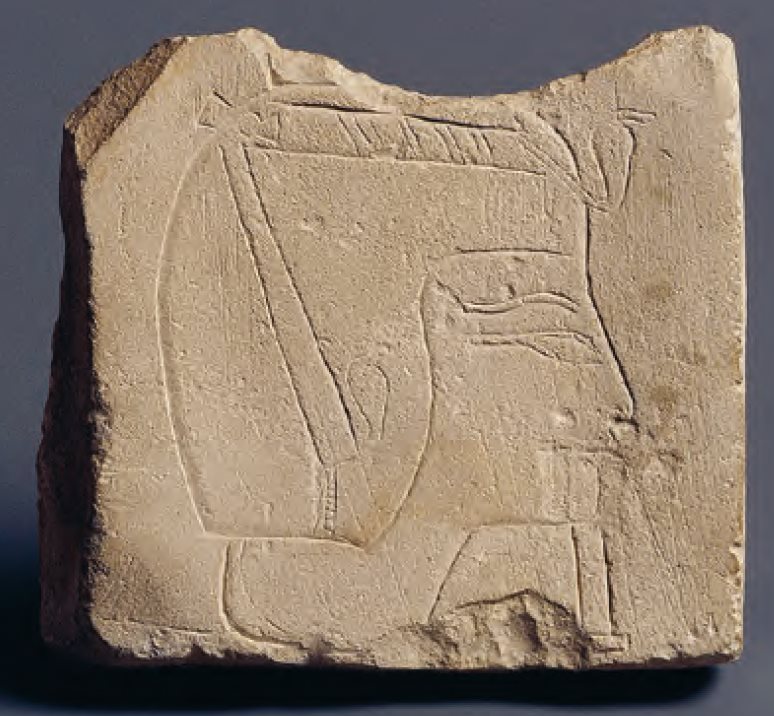Abstract
The author presents the development of his fifty-year-long research into royal portraiture in relief- and full-sculpture of pharaonic Egypt, from the beginning of the New Kingdom (16th c. BC) through the end of the dynastic era (4th c. BC). The point of departure was an attempt to date an anepigraphic sculpture sketch from the collection of the National Museum in Warsaw. Based on iconographic and stylistic criteria, it was attributed to the sculpture school active in Western Thebes during the reign of Ramesses III. Tracing the diachronic development of images of the successive rulers in reliefs and paintings made it possible not only to attribute other, fragmentarily preserved works, but also revealed trends that matter for understanding historical processes of greater significance, going beyond art. This applies in particular to the ripening of the “Amarna heresy” (the reign of Akhenaten) and its reminiscences in later times. This inspired the author to continue research into a later period, encompassing the first millennium BC. While sources are far scarcer for it than for the New Kingdom, it is nonetheless a period of extraordinary significance due to a cultural and religious syncretism caused by the reign of non-native dynasties. The author’s study of royal portraiture of the Twenty First to Thirtieth Dynasties included both relief sculpture and full sculpture. A monograph was written as well as numerous papers offering a detailed analysis of a broad context of artistic intention. The so-called Late Period is replete with original works inspired by the contemporaneous political theology. Another of its traits are archaizing tendencies, alluding to the best traditions of past eras.

This work is licensed under a Creative Commons Attribution 4.0 International License.
Copyright (c) 2021 Karol Myśliwiec (Autor)


